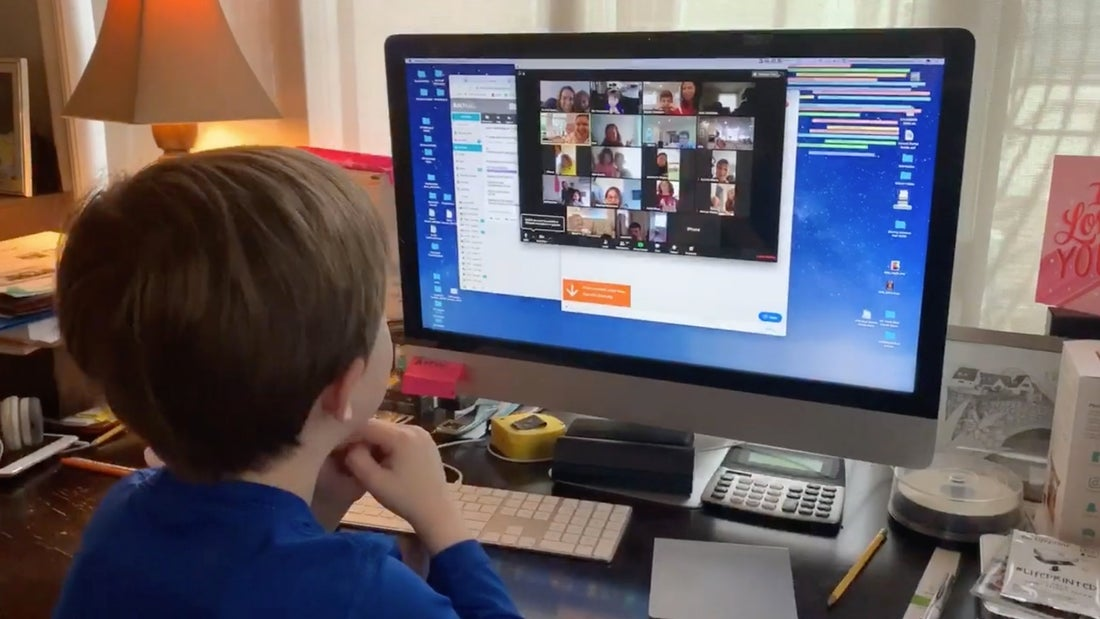
Over the past month, multiple Voice over Internet Protocol (VoIP) providers have been targeted by Distributed Denial of Service (DDoS) attacks from entities claiming to be REvil. The multi-vector attacks combined both L7 attacks targeting critical HTTP websites and API endpoints, as well as L3/4 attacks targeting VoIP server infrastructure. In some cases, these attacks resulted in significant impact to the targets’ VoIP services and website/API availability.
Cloudflare’s network is able to effectively protect and accelerate voice and video infrastructure because of our global reach, sophisticated traffic filtering suite, and unique perspective on attack patterns and threat intelligence.
If you or your organization have been targeted by DDoS attacks, ransom attacks and/or extortion attempts, seek immediate help to protect your Internet properties. We recommend not paying the ransom, and to report it to your local law enforcement agencies.
Voice (and video, emojis, conferences, cat memes and remote classrooms) over IP
Voice over IP (VoIP) is a term that's used to describe a group of technologies that allow for communication of multimedia over the Internet. This technology enables your FaceTime call with your friends, your virtual classroom lessons over Zoom and even some “normal” calls you make from your cell phone.

The principles behind VoIP are similar to traditional digital calls over circuit-switched networks. The main difference is that the encoded media, e.g., voice or video, is partitioned into small units of bits that are transferred over the Internet as the payloads of IP packets according to specially defined media protocols.
This “packet switching” of voice data, as compared to traditional “circuit switching”, results in much more efficient use of network resources. As a result, calling over VoIP can be much more cost-effective than calls made over the POTS (“plain old telephone service”). Switching to VoIP can cut down telecom costs for businesses by more than 50%, so it's no surprise that one in every three businesses has already adopted VoIP technologies. VoIP is flexible, scalable, and has been especially useful in bringing people together remotely during the pandemic.
A key protocol behind most VoIP calls is the heavily adopted Session Initiation Protocol (SIP). SIP was originally defined in RFC-2543 (1999) and designed to serve as a flexible and modular protocol for initiating calls (“sessions”), whether voice or video, or two-party or multiparty.
Speed is key for VoIP
Real-time communication between people needs to feel natural, immediate and responsive. Therefore, one of the most important features of a good VoIP service is speed. The user experiences this as natural sounding audio and high definition video, without lag or stutter. Users’ perceptions of call quality are typically closely measured and tracked using metrics like Perceptual Evaluation of Speech Quality and Mean Opinion Scores. While SIP and other VoIP protocols can be implemented using TCP or UDP as the underlying protocols, UDP is typically chosen because it’s faster for routers and servers to process them.

UDP is a protocol that is unreliable, stateless and comes with no Quality of Service (QoS) guarantees. What this means is that the routers and servers typically use less memory and computational power to process UDP packets and therefore can process more packets per second. Processing packets faster results in quicker assembly of the packets’ payloads (the encoded media), and therefore a better call quality.
Under the guidelines of faster is better, VoIP servers will attempt to process the packets as fast as possible on a first-come-first-served basis. Because UDP is stateless, it doesn’t know which packets belong to existing calls and which attempt to initiate a new call. Those details are in the SIP headers in the form of requests and responses which are not processed until further up the network stack.
When the rate of packets per second increases beyond the router’s or server’s capacity, the faster is better guideline actually turns into a disadvantage. While a traditional circuit-switched system will refuse new connections when its capacity is reached and attempt to maintain the existing connections without impairment, a VoIP server, in its race to process as many packets as possible, will not be able to handle all packets or all calls when its capacity is exceeded. This results in latency and disruptions for ongoing calls, and failed attempts of making or receiving new calls.
Without proper protection in place, the race for a superb call experience comes at a security cost which attackers learned to take advantage of.
DDoSing VoIP servers
Attackers can take advantage of UDP and the SIP protocol to overwhelm unprotected VoIP servers with floods of specially-crafted UDP packets. One way attackers overwhelm VoIP servers is by pretending to initiate calls. Each time a malicious call initiation request is sent to the victim, their server uses computational power and memory to authenticate the request. If the attacker can generate enough call initiations, they can overwhelm the victim’s server and prevent it from processing legitimate calls. This is a classic DDoS technique applied to SIP.

A variation on this technique is a SIP reflection attack. As with the previous technique, malicious call initiation requests are used. However, in this variation, the attacker doesn’t send the malicious traffic to the victim directly. Instead, the attacker sends them to many thousands of random unwitting SIP servers all across the Internet, and they spoof the source of the malicious traffic to be the source of the intended victim. That causes thousands of SIP servers to start sending unsolicited replies to the victim, who must then use computational resources to discern whether they are legitimate. This too can starve the victim server of resources needed to process legitimate calls, resulting in a widespread denial of service event for users. Without the proper protection in place, VoIP services can be extremely susceptible to DDoS attacks.
The graph below shows a recent multi-vector UDP DDoS attack that targeted VoIP infrastructure protected by Cloudflare’s Magic Transit service. The attack peaked just above 70 Gbps and 16M packets per second. While it's not the largest attack we’ve ever seen, attacks of this size can have large impact on unprotected infrastructure. This specific attack lasted a bit over 10 hours and was automatically detected and mitigated.

Below are two additional graphs of similar attacks seen last week against SIP infrastructure. In the first chart we see multiple protocols being used to launch the attack, with the bulk of traffic coming from (spoofed) DNS reflection and other common amplification and reflection vectors. These attacks peaked at over 130 Gbps and 17.4M pps.


Protecting VoIP services without sacrificing performance
One of the most important factors for delivering a quality VoIP service is speed. The lower the latency, the better. Cloudflare’s Magic Transit service can help protect critical VoIP infrastructure without impacting latency and call quality.

Cloudflare’s Anycast architecture, coupled with the size and scale of our network, minimizes and can even improve latency for traffic routed through Cloudflare versus the public Internet. Check out our recent post from Cloudflare’s Speed Week for more details on how this works, including test results demonstrating a performance improvement of 36% on average across the globe for a real customer network using Magic Transit.

Furthermore, every packet that is ingested in a Cloudflare data center is analyzed for DDoS attacks using multiple layers of out-of-path detection to avoid latency. Once an attack is detected, the edge generates a real-time fingerprint that matches the characteristics of the attack packets. The fingerprint is then matched in the Linux kernel eXpress Data Path (XDP) to quickly drop attack packets at wirespeed without inflicting collateral damage on legitimate packets. We have also recently deployed additional specific mitigation rules to inspect UDP traffic to determine whether it is valid SIP traffic.

The detection and mitigation is done autonomously within every single Cloudflare edge server — there is no “scrubbing center” with limited capacity and limited deployment scope in the equation. Additionally, threat intelligence is automatically shared across our network in real-time to ‘teach’ other edge servers about the attack.
Edge detections are also completely configurable. Cloudflare Magic Transit customers can use the L3/4 DDoS Managed Ruleset to tune and optimize their DDoS protection settings, and also craft custom packet-level (including deep packet inspection) firewall rules using the Magic Firewall to enforce a positive security model.
Bringing people together, remotely
Cloudflare’s mission is to help build a better Internet. A big part of that mission is making sure that people around the world can communicate with their friends, family and colleagues uninterrupted — especially during these times of COVID. Our network is uniquely positioned to help keep the world connected, whether that is by helping developers build real-time communications systems or by keeping VoIP providers online.
Our network’s speed and our always-on, autonomous DDoS protection technology helps VoIP providers to continue serving their customers without sacrificing performance or having to give in to ransom DDoS extortionists.
Talk to a Cloudflare specialist to learn more.
Under attack? Contact our hotline to speak with someone immediately.


